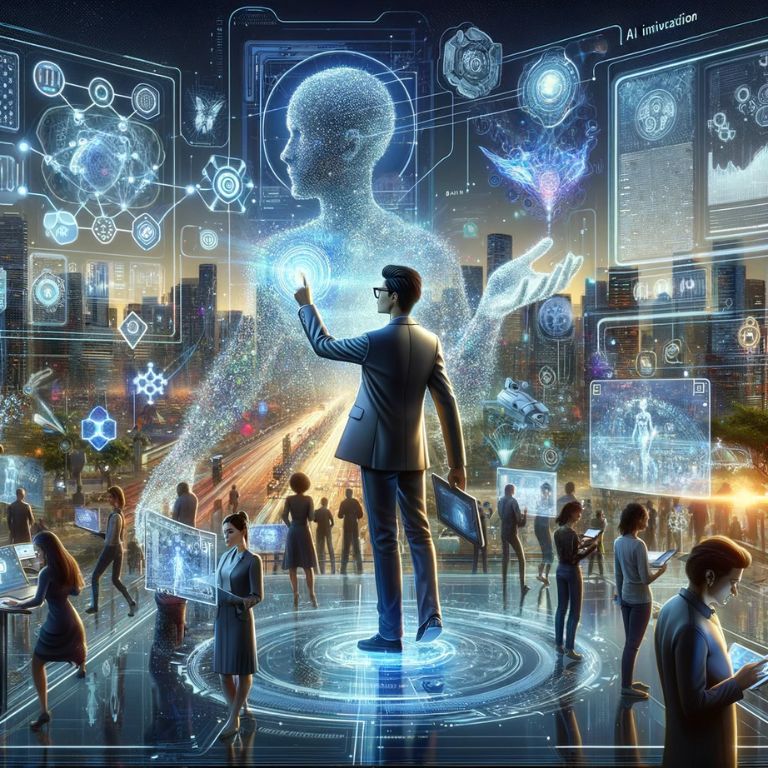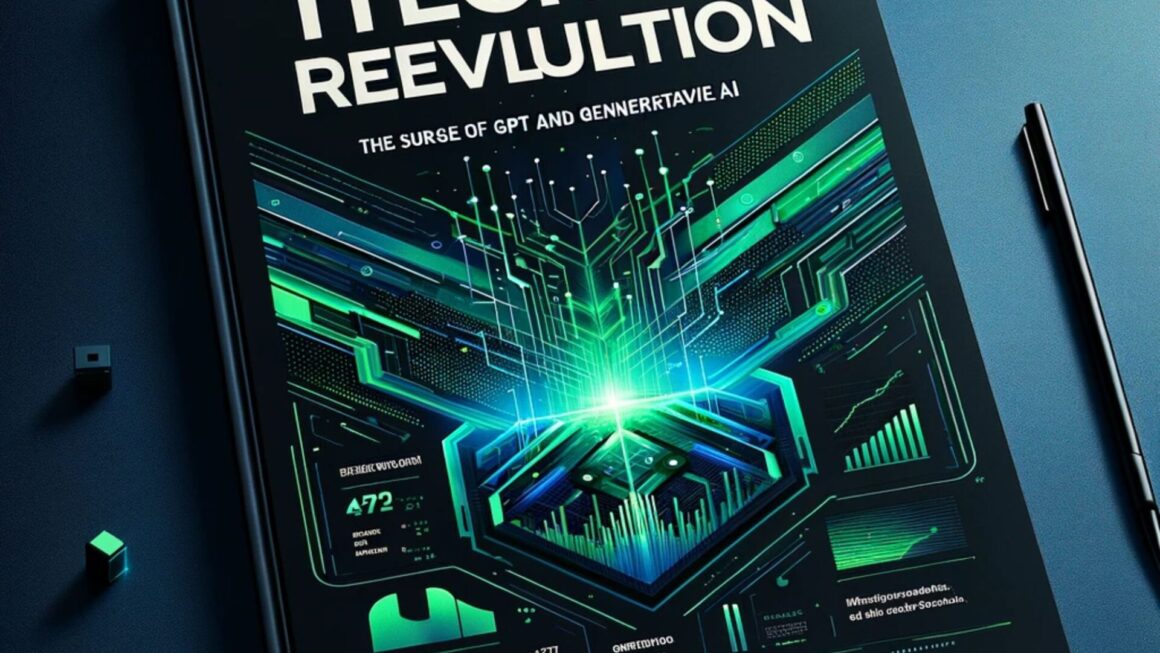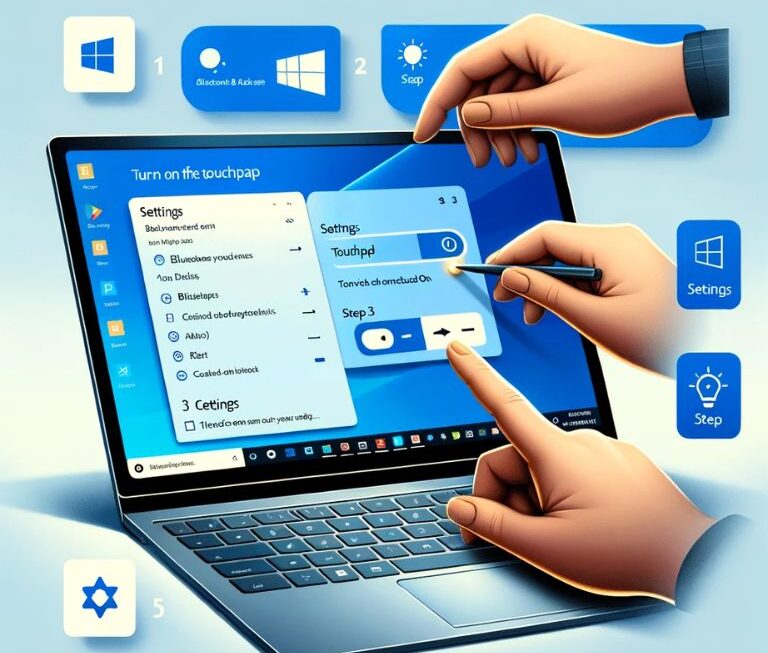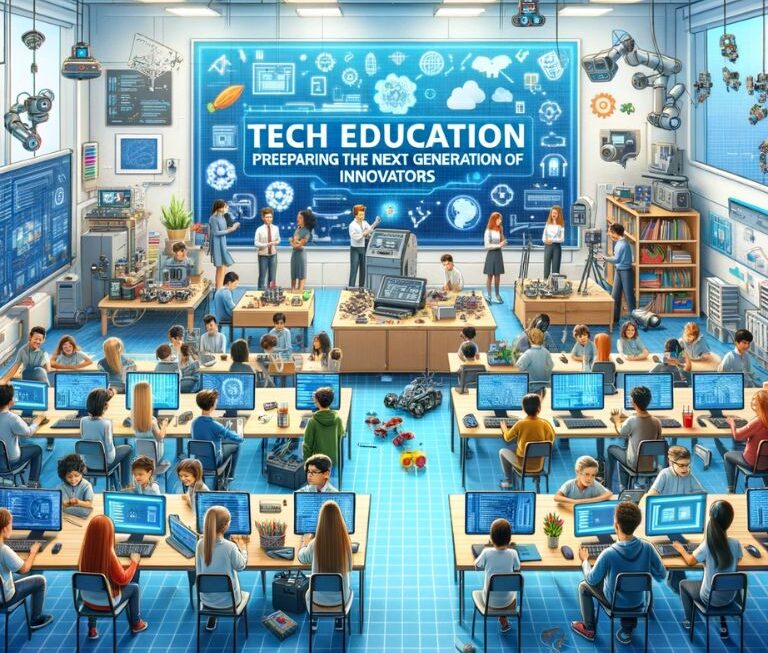Bill Gates, the co-founder of Microsoft, has made groundbreaking predictions about the transformative potential of artificial intelligence (AI) in human-computer interaction (HCI). As we stand on the cusp of this technological revolution, Gates’ insights take on paramount significance. In this article, we explore Gates’ visionary outlook on how AI will reshape HCI, from its historical evolution to the ethical considerations surrounding its integration.
The history of HCI, from mainframes to smartphones, offers context for understanding AI’s profound impact. AI technologies, such as natural language processing, computer vision, and gesture recognition, are already revolutionizing HCI, making technology more accessible and intuitive. However, this transformation raises complex challenges, including job displacement, privacy concerns, and biases in decision-making. Bill Gates’ predictions serve as a guiding light for navigating these uncharted waters, urging us to embrace the AI-driven future responsibly.
The Evolution of Human-Computer Interaction
To comprehend the profound impact of AI on human-computer interaction (HCI), it’s essential to trace the evolution of this field. HCI has undergone a remarkable journey marked by key milestones that have shaped our interaction with computers.
In 1945, the birth of computing introduced us to ENIAC, the first general-purpose computer, but early interactions were confined to punch cards and complex programming. The invention of the computer mouse in 1968 offered a more intuitive interface, and in 1984, Apple’s Macintosh popularized the graphical user interface (GUI). The public accessibility of the World Wide Web in 1991 ushered in the internet age, while the advent of touchscreen smartphones in 2007 revolutionized tactile HCI. Today, AI-driven innovations, such as voice-activated virtual assistants and computer vision, represent the latest chapter in HCI’s evolution, as we move towards more natural and immersive ways of engaging with technology. Bill Gates’ predictions illuminate the path forward, guiding us through this transformative landscape.
AI’s Influence on Human-Computer Interaction
Artificial intelligence (AI) is reshaping human-computer interaction (HCI) in profound ways, introducing new dimensions of convenience and intuitiveness.
Natural Language Processing (NLP): AI-powered NLP enables conversational interfaces, exemplified by virtual assistants like Siri and Alexa. Users can effortlessly interact with devices using natural language commands, from setting reminders to controlling smart homes.
Computer Vision and Gesture Recognition: Computer vision technology facilitates facial recognition and augmented reality, enhancing visual interaction. Gesture recognition, on the other hand, enables touchless control, applied in gaming and healthcare settings. Together, these technologies are transforming how we engage with visual and physical environments.
Challenges and Implications
The integration of artificial intelligence (AI) into human-computer interaction (HCI) brings with it a spectrum of challenges and ethical considerations. The first concern is job displacement, as AI’s automation capabilities threaten certain job sectors, potentially leading to workforce disruptions. Second, privacy and data security are paramount, with AI systems relying heavily on personal and sensitive data, necessitating a delicate balance between personalization and privacy protection.
Another challenge is bias and fairness, as AI algorithms may inherit biases from their training data, potentially perpetuating discrimination in critical areas like hiring and criminal justice. The ethical dimension of AI in HCI encompasses questions about autonomy, accountability, and transparency, demanding responsible design and implementation. Finally, while AI has the potential to enhance accessibility, ensuring inclusive HCI solutions is crucial to prevent digital divides. Addressing these challenges requires collaborative efforts across industries, governments, and research communities, guided by ethical principles and regulations to ensure the responsible evolution of AI in HCI.
Conclusion
In conclusion, Bill Gates’ visionary predictions about AI’s impact on human-computer interaction (HCI) serve as a compass for understanding the profound transformation underway. From its historical evolution marked by key milestones to the present AI-driven innovations, HCI has come a long way, offering more intuitive and accessible ways of interacting with technology. However, this transformation comes with its share of challenges and ethical considerations, including job displacement, privacy concerns, bias, and the need for ethical AI. As we move into this AI-driven future, responsible development, guided by regulations and ethical principles, is paramount to harness the full potential of AI in HCI while ensuring fairness, privacy, and inclusivity in our digital interactions. Bill Gates’ insights remind us that as technology advances, so too must our commitment to responsible and ethical integration.




